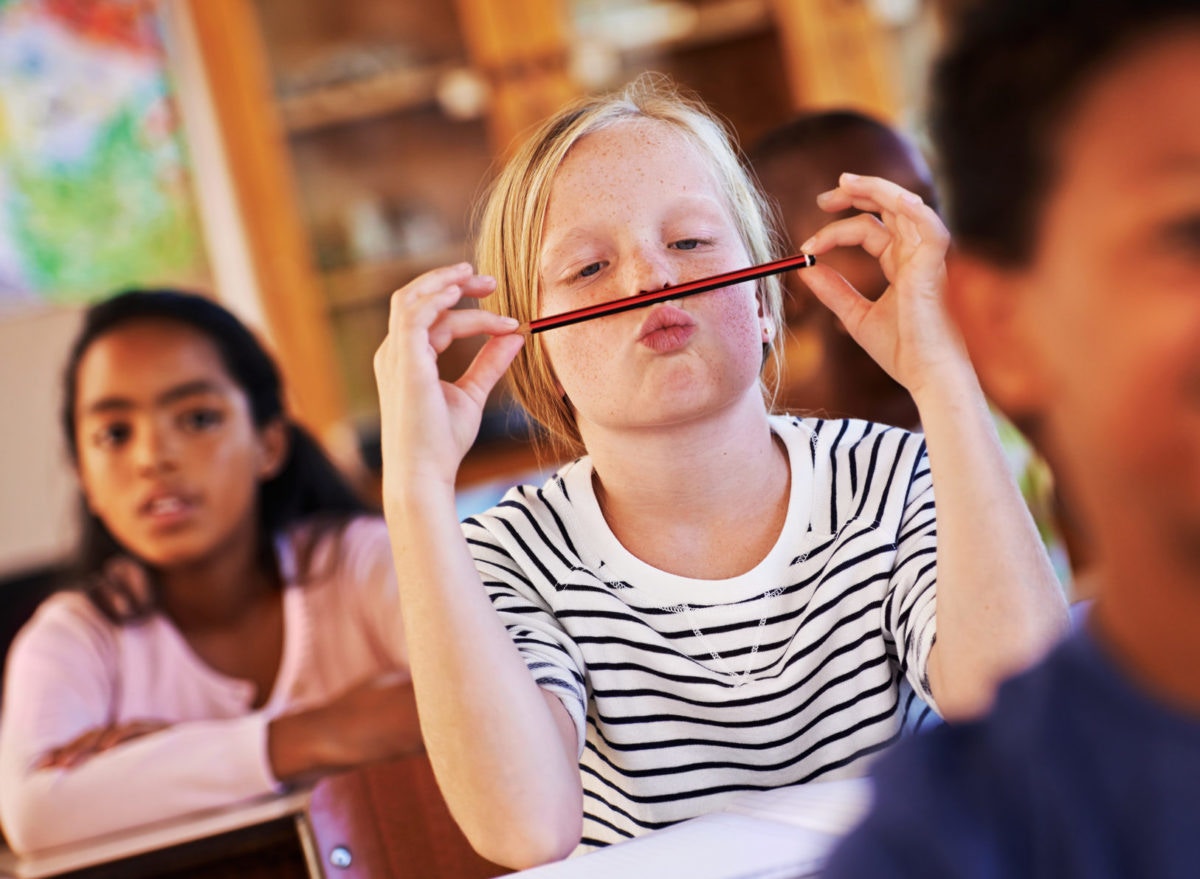I was terrified of the night sky when I was a child.
At some point, I had come across the phrase “shooting star.” I realized that shooting stars were also called meteors and knew that meteors could land on the earth. I also knew that stars were substantially larger than the earth.
What I did not realize was that shooting stars were not, in fact, actually stars.
At night I laid awake staring at the stars, wondering which one would suddenly come shooting towards the earth. I rationalized, however, the likelihood of such a cataclysmic event was small and eventually fear gave way to fascination.
My sons now are answering the same siren call to stare up at the sky and wonder about the beyond. Tonight, driving home, my four-year-old drilled us with questions.
“How does water not fall off of the earth?”
“What other planets does it rain on?”
“Does the moon have gravity?”
Living in the north, my kids see little of the stars at night. In the summer, the sun sets well after they have already gone to bed. In the winter, the temperature plummets and we typically spend our evenings indoors.
But on August 21st – the date of the total solar eclipse – they will finally have a chance to see the night in the middle of the day.
For preschoolers, a chance to glimpse the
world at night – stars briefly appearing, birds settling down to sleep – for a few minutes in the afternoon is a window into a foreign land. Children are unable to resist the lure of adventure, and while I as an adult may enjoy having my feet firmly planted on earth, they long to travel among the stars.
As the eclipse approaches, many children (not to mention many adults) will discover a new-found interest in astronomy. Here are a few tips and resources to help engage that curiosity for months to come:
1 | Engage in citizen science
Children don’t have to wait until they grow up to become real scientists – they can help contribute to the scientific body of knowledge today. The
GLOBE Observer app from NASA invites everyday people to make environmental observations that complement satellite data. During the eclipse, NASA is looking for people to record temperatures before and after the maximum eclipse point at their location.
Even on any other day young citizen scientists can help answer useful questions such as the cloud coverage, color of the sky, and weather conditions. Empowering kids to participate in science that will be used by actual climatologists is a great way to keep them excited.
2 | Go on night walks
The benefits of outdoor play for children are numerous, including better physical and mental health. But there is no reason to limit exploration to the day time. The next time the moon is full or nearly full, find a wide open, clear path to take a quiet after-dinner walk on. Older kids may enjoy turning off flashlights and letting their eyes adjust to the night. Even walks on well-lit sidewalks will still offer a different view of the world – a rising moon or a raccoon knocking over a trashcan.
3 | Read about the history of the space program
To get a sense of what it must have felt like to travel to a part of space no person had even been before, check out Brian Floca’s flawless book, "
Moonshot". Young children will appreciate the rhythm and imagery, as well as the reference for how to use the potty in space, and older ones will be fascinated by the in-depth descriptions of the Apollo 11 aircraft.
Don’t forget to include books written by Sally Ride, the first female astronaut, who was also passionate about educating children. She wrote numerous books, including “
Mission: Save the Planet: Things YOU Can Do to Help Fight Global Warming!” and “
Exploring our Solar System”.
4 | Play “Spot the Space Station”
The International Space Station is often easily visible from earth, at dawn or dusk. Depending on your location, it can be spotted once a month or as many as several times a week. The space station looks like a bright star moving through the sky faster than an airplane can fly. Find out when the space station is flying overhead and sign up for alerts at NASA’s
Spot the Station page.
You can also find information about live streams of rocket launches and stunning current shots of the earth on NASA’s home page and Twitter page.
5 | Set your calendar for November 17th – the Leonid Meteor Shower
The eclipse is not the only big astronomical event of 2017. The Leonid Meteor Shower, which occurs every year in mid-November, should have excellent visibility. The new moon occurs on November 18th, meaning the sky should be plenty dark for meteor spotting. Meteors should be visible at a rate of 10 to 20 an hour, peaking on November 17th.
6 | Break out the cardboard box
NASA might be busy perfecting fancy technology, but there is still no quicker way for a kid to get to the moon than in a cardboard box fueled by imagination. All you need is a box large in enough to hold one or more future astronaut and a few crayons, and hopefully you will have an activity that not only spurs creative thought but also buys you a few minutes of peace and quiet back on earth.
The Solar Eclipse will be an unforgettable event for millions of Americans. And for a few, it will be the start of a lifelong interest in astronomy and climate science.



